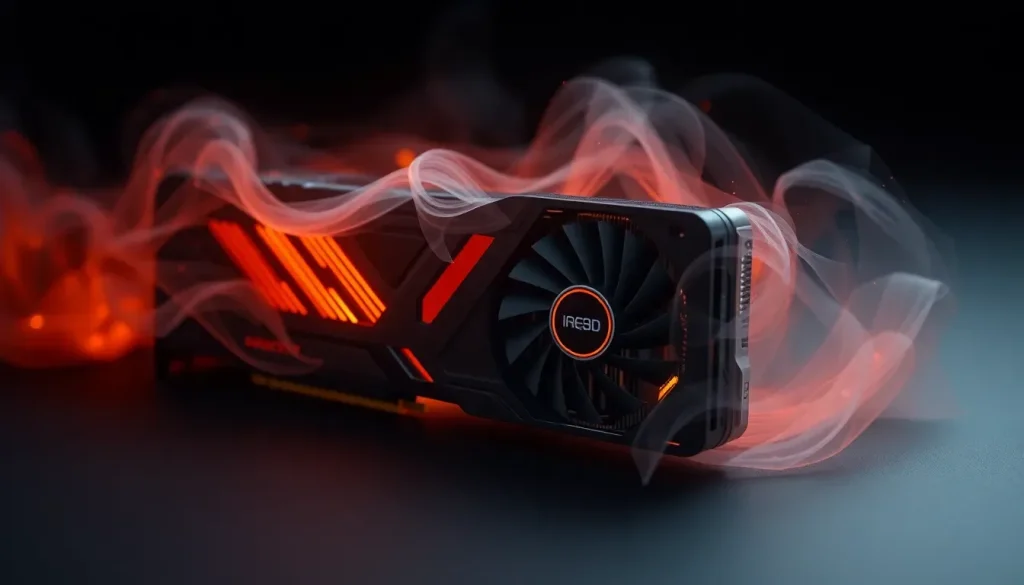Testing 180 GPUs reveals 2477% graphics performance improvement

The world of graphics processing units (GPUs) has evolved remarkably over the past decade and a half. A recent in-depth examination conducted by the team at PC Games Hardware (PCGH) sheds light on just how far we've come, revealing a staggering improvement in graphics performance that has transformed gaming and computational graphics as we know them. This article will delve into the findings of their comprehensive study, exploring not only the advancements in GPU technology but also the implications for users and developers alike.
A comprehensive GPU performance analysis
In celebration of its 25th anniversary, PCGH embarked on an ambitious project to evaluate a remarkable collection of 180 GPUs released from 2009 to 2025. The study employs multiple synthetic and gaming benchmarks—such as 3DMark, Bioshock Infinite, and Tomb Raider (2013)—to illustrate the advancements across various generations of graphics cards.
This extensive testing encompasses a range of GPUs, from past flagship models to modern powerhouses that consume up to 600W. The results highlight the dramatic leap in performance, with improvements surpassing an astonishing 2,477% over the 16-year span.
To ensure a fair comparison, the tests utilized DirectX 11 titles exclusively, allowing all GPUs to run natively without the need for additional tweaks. The benchmarking was conducted on an Intel Core i9-14900KS system, paired with DDR5-8200 memory, and overclocked to 6.2GHz to mitigate any CPU bottlenecking that may affect modern GPUs.
Key performance comparisons: Past vs. present
One of the most striking comparisons drawn from the analysis is between Nvidia's GTX 480, which was the company's flagship model at its release, and the current leader, the RTX 5090. The results are nothing short of astonishing:
- 3DMark Fire Strike: RTX 5090 outperformed GTX 480 by 2,178%.
- Bioshock Infinite: RTX 5090 achieved 490fps, compared to GTX 480's 50fps, a difference of 880%.
- Tomb Raider (2013): The RTX 5090 showed a staggering 2,334% performance uplift.
Additionally, another interesting comparison involves AMD's HD 5870, a notable GPU from its time. The RTX 5090 led this match-up with:
- 3DMark: RTX 5090 led by 2,477%.
- Bioshock Infinite: A difference of 920%.
- Tomb Raider: An incredible 2,790% advantage.
Understanding the significance of VRAM
The tests conducted by PCGH also highlighted a crucial aspect of GPU performance: memory capacity. The analysis revealed that the once common 3 to 4GB of VRAM is no longer sufficient for demanding games, even those utilizing DirectX 11. The trends indicate:
- 8GB has become the new standard minimum requirement.
- 12 to 16GB is recommended to avoid stuttering during gameplay.
- In certain scenarios, ample VRAM may outweigh the benefits of higher CUDA core counts.
This shift reflects the growing demand for memory-intensive graphics in modern gaming, suggesting that developers and consumers alike need to pay close attention to VRAM specifications when selecting GPUs.
The evolution of GPU architecture
As we analyze the performance enhancements over the years, it's vital to explore how GPU architecture has evolved. Key advancements include:
- Manufacturing processes: The transition from 40nm to 5nm technology has significantly increased efficiency and performance.
- Increased core counts: Modern GPUs contain thousands of cores, allowing for parallel processing of complex tasks.
- Advanced cooling solutions: Improved thermal management technologies enable higher performance without overheating.
- Enhanced memory interfaces: Faster GDDR6 and GDDR6X memory types greatly increase bandwidth and data throughput.
These innovations contribute not only to raw performance but also to the overall user experience, making gaming more immersive and visually stunning than ever before.
What does the future hold for GPUs?
With the rapid advancements in GPU technology, the future looks promising. Emerging trends that could shape the next generation of graphics cards include:
- Artificial Intelligence: AI-driven algorithms may optimize rendering processes and improve performance.
- Ray tracing: This technology is paving the way for more realistic lighting and shadow effects in games.
- Cloud gaming: The rise of cloud gaming services could alter how GPUs are utilized, shifting some processing to remote servers.
- Integration with other technologies: Innovations like machine learning and deep learning may further enhance graphics rendering and computational tasks.
As these technologies continue to develop, users and developers can expect even more groundbreaking changes in graphics performance and capabilities.
For a deeper dive into the extensive work done by PCGH, we encourage readers to explore the full article. The study serves as an excellent reminder of the vast improvements in GPU technology and how they have shaped the landscape of modern gaming.
To further enhance your understanding of the evolution in computer graphics, you might find this insightful video relevant:




Leave a Reply